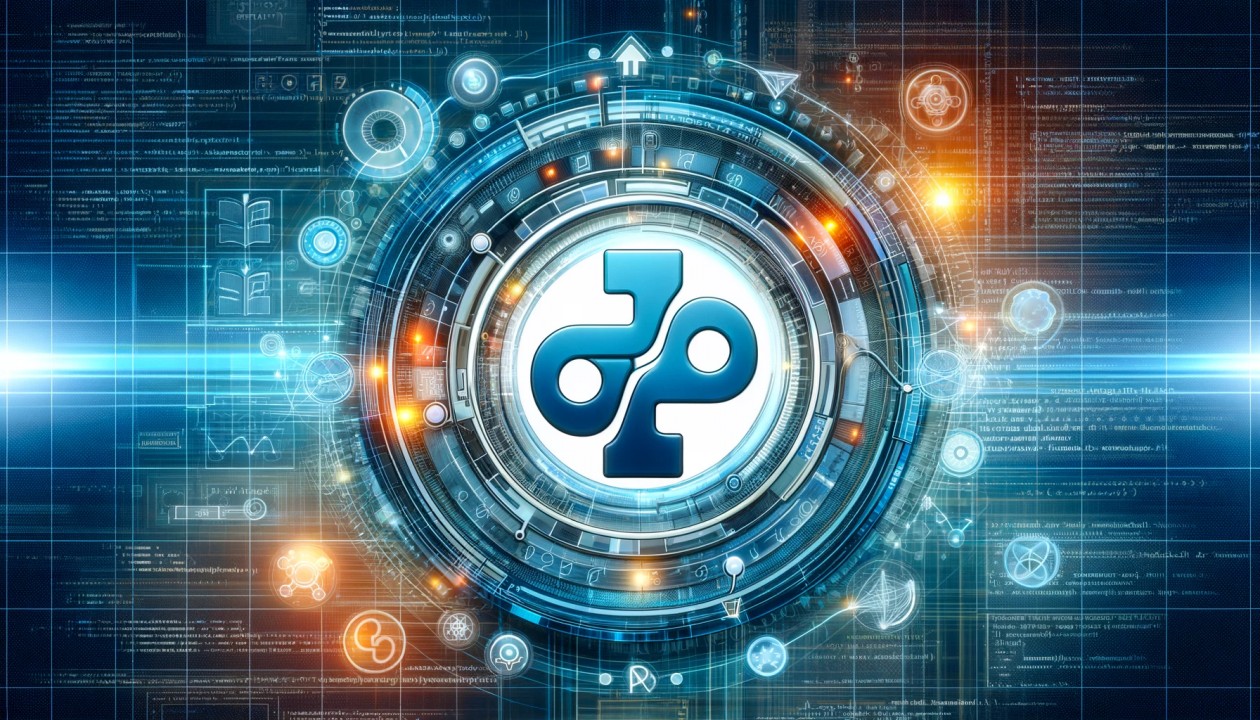As we reflect on the year 2023, it's evident that PHP has continued to evolve, solidifying its position as a cornerstone in web development.
This post delves into the developments that marked PHP's journey over the past year, focusing on the release of PHP 8.3, its sustained popularity in the developer community, and an exciting shift towards modern web application development with HTMX integration.
PHP's Popularity Among Developers:
Despite the emergence of numerous programming languages, PHP remains a favorite in the developer community. Its resilience can be attributed to its ease of use, robust framework support, and a strong ecosystem. Surveys and statistics indicate a steady trend in its usage, especially in content management systems like WordPress.
PHP 8.3: The Leap Forward:
PHP 8.3 has been a significant release, bringing in an array of features that enhance both performance and developer experience. Key improvements include:
Typed Class Constants: Enabling more reliable code.
The #[\Override] Attribute: Ensuring safety in method overriding.
Enhanced Error Handling in Date/Time and unserialize() Functions: Providing more specific exceptions and warnings.
Improved Randomizer Class: Offering robust methods for random number generation.
HTMX Compatibility: Facilitating dynamic web applications without heavy JavaScript reliance.
Integrating PHP with HTMX: Bridging the Gap:
2023 also witnessed PHP embracing modern web development trends through its integration with HTMX. This powerful combination has opened up new possibilities for PHP applications, allowing developers to create dynamic and interactive web pages with minimal JavaScript. Examples of such integrations include Laravel and Slim, where HTMX enhances user experiences while maintaining PHP's server-side efficiency.
Challenges and Opportunities:
While PHP continues to thrive, it faces challenges like performance perceptions and competition from languages like JavaScript and Python. However, its integration with technologies like HTMX presents substantial opportunities. HTMX's lightweight approach complements PHP's server-side rendering, offering a way to build more interactive web applications without the complexity of extensive JavaScript frameworks.
Conclusion:
The year 2023 has been pivotal for PHP, marked by significant advancements and strategic integrations. As PHP continues to adapt to the changing landscape of web development, it remains a versatile and powerful language, capable of meeting the diverse needs of modern web applications. Its journey is a testament to the language's adaptability and the vibrant community that supports it.






